Ruth Handler, who is depicted in Greta Gerwig's Barbie, not only co-created the iconic doll but also helped create prosthetics for women who undergo mastectomies.
There are obviously BIG spoilers ahead for Barbie!
As you've probably heard, Barbie is the biggest movie of 2023. As of right now, the film has grossed a whopping $400 million at the global box office and became the biggest debut ever for a film directed by a woman.

Dale Robinette / Warner Bros
Directed by Greta Gerwig and co-written by Greta and Noah Baumbach, Barbie tells the story of Barbie (Margot Robbie), who takes a trip to the Real World after she experiences some strange occurrences in Barbie Land.
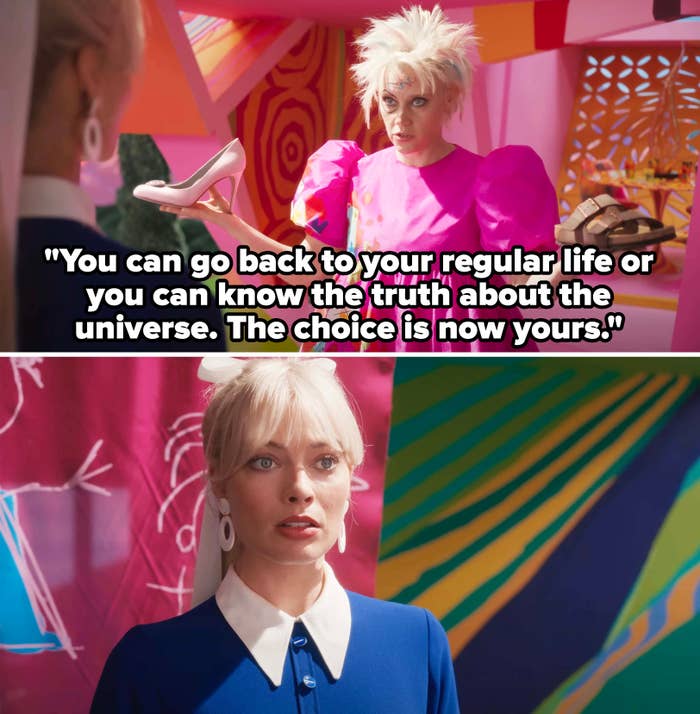
What ensues is a hilarious trip to California, where Barbie and Ken (Ryan Gosling) learn what the Real World is actually like — Ken learns about patriarchy (and horses) while Barbie escapes the Mattel headquarters and joins forces with Gloria (America Ferrera) and her daughter Sasha (Ariana Greenblatt).
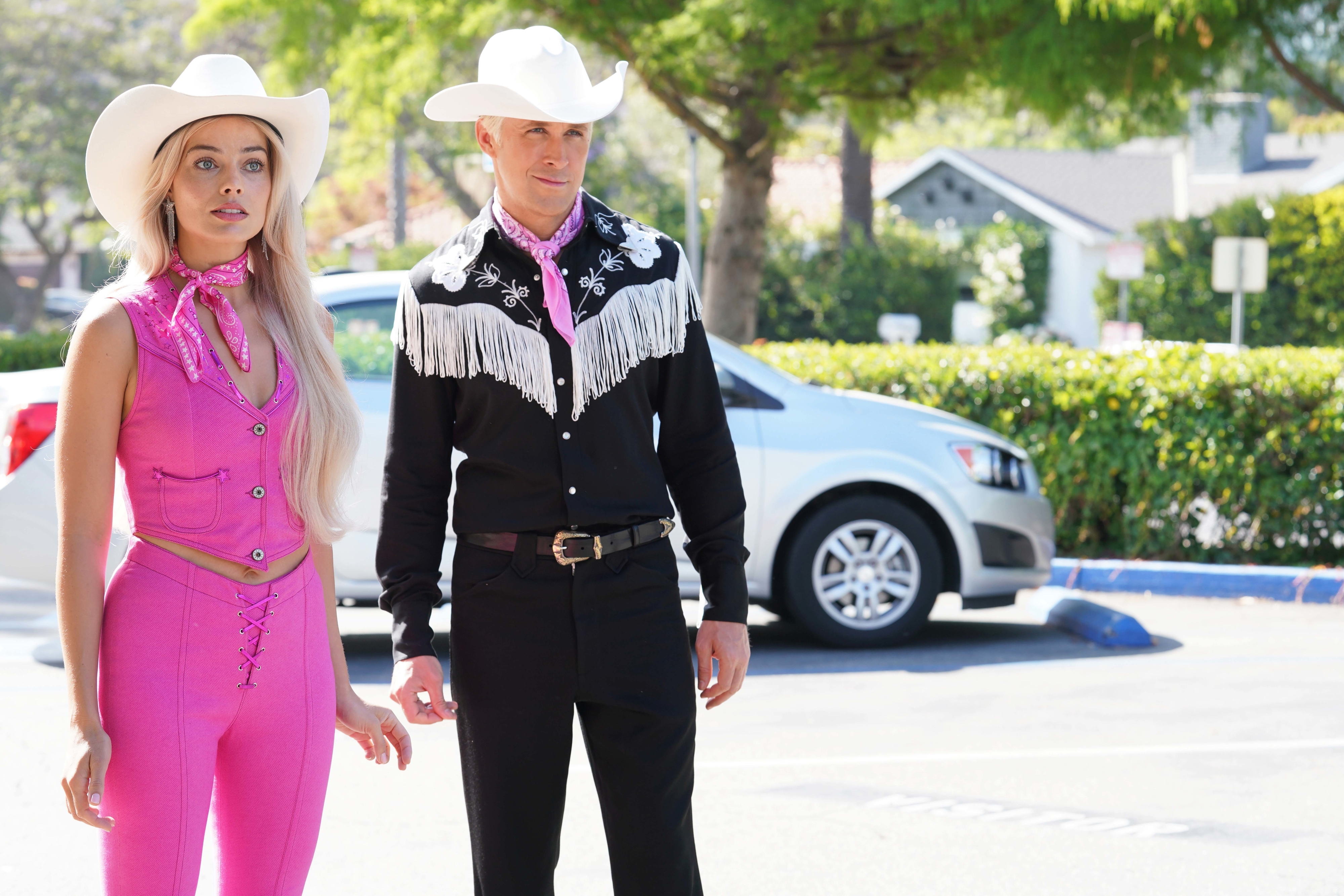
Dale Robinette / Warner Bros
Barbie is not only being praised for some of its comedic moments, like Ken's mojo dojo casa house, but also for the commentary it makes on womanhood and the relationship between mothers and daughters, especially towards the end of the film.
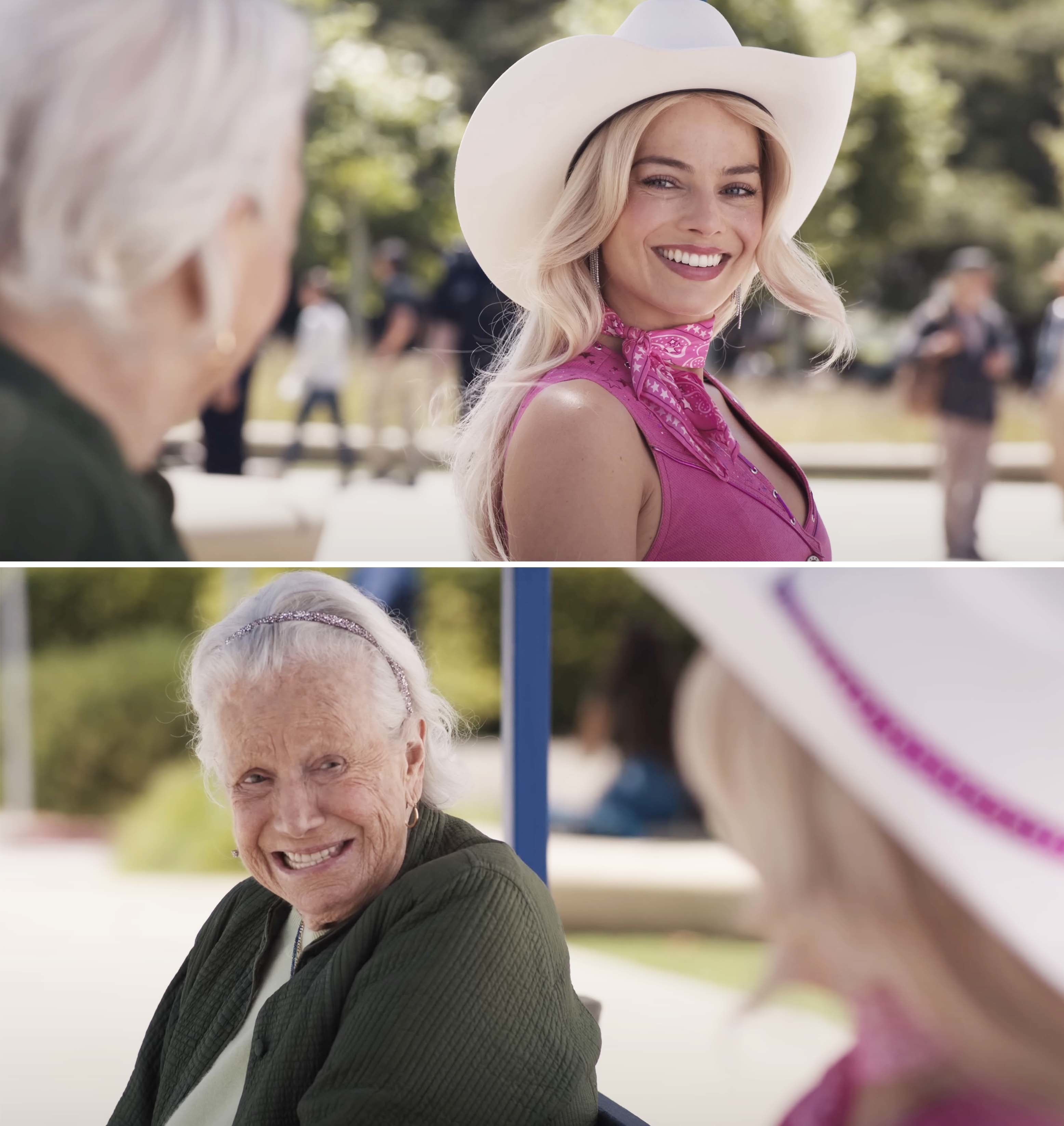
So because Ruth was a real person and the creator of Barbie, here are 15 facts about her (and Mattel) that you might not know:
1. First, Ruth and her husband Elliot Handler formed Mattel Toys alongside their partner Harold Matson in 1947. The name "Mattel" is a combination of Elliot's first name and Harold's last name.
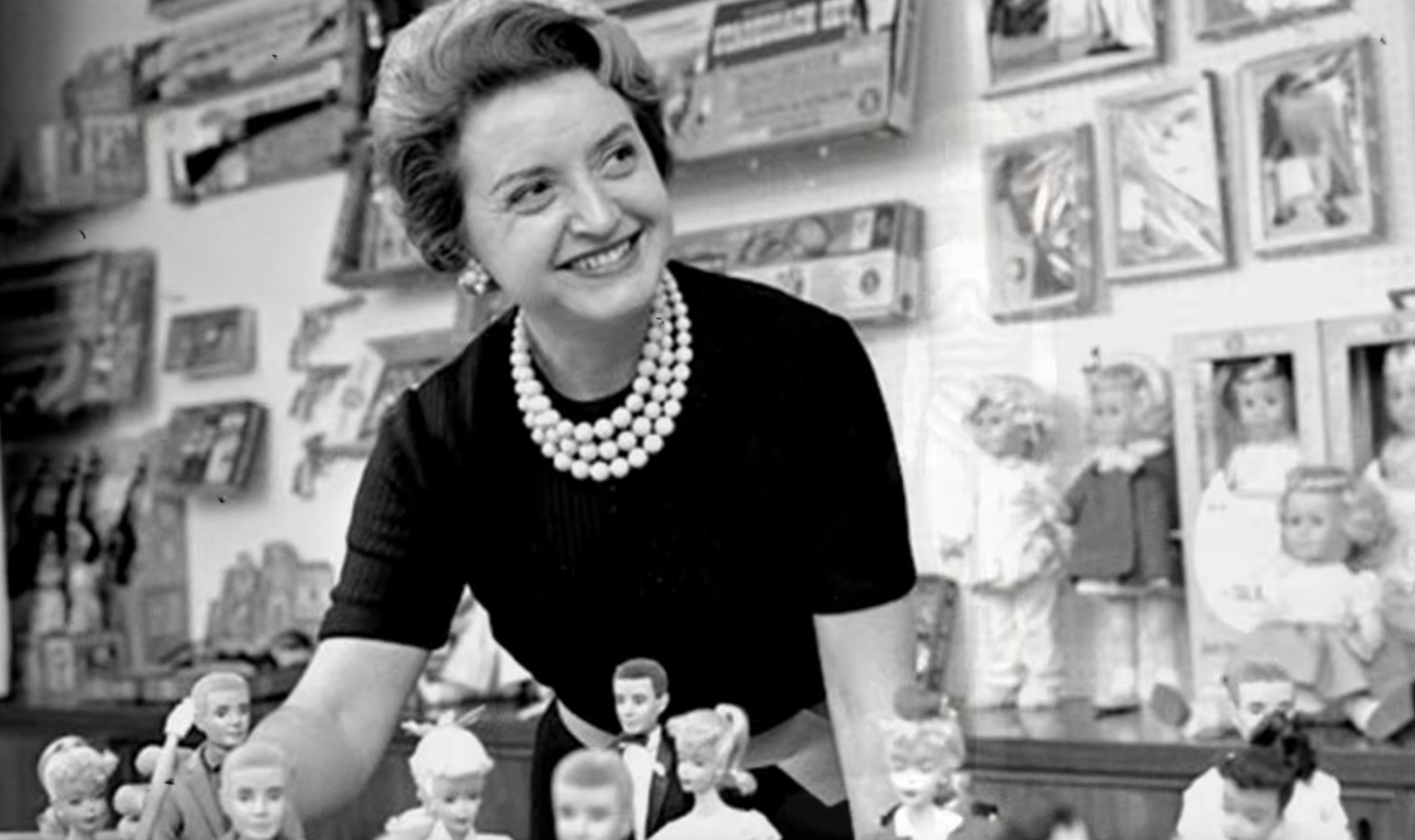
Netflix
Ruth served as the company's first president from 1945 to 1975.
2. In 1955, Ruth pushed a deal with Walt Disney's Mickey Mouse Club, where Mattel would be a main sponsor for the show. This marked the first national TV campaign for a toy manufacturer. With the deal costing $500,000, the Mattel ads were geared towards the children watching, not the parents, which revolutionized how the US toy industry markets toys.

Netflix
Before this, toy companies spent a majority of their ad budget on the Christmas season and went with selling individual items. However, with the Mickey Mouse Club deal, Mattel marketed their name and brand, and began doing it year round.
3. While Mattel first found success making toys "for boys," namely toy guns, Ruth saw a market for making toys for girls after she realized her daughter Barbara, whom Barbie is named after, had limited choices.
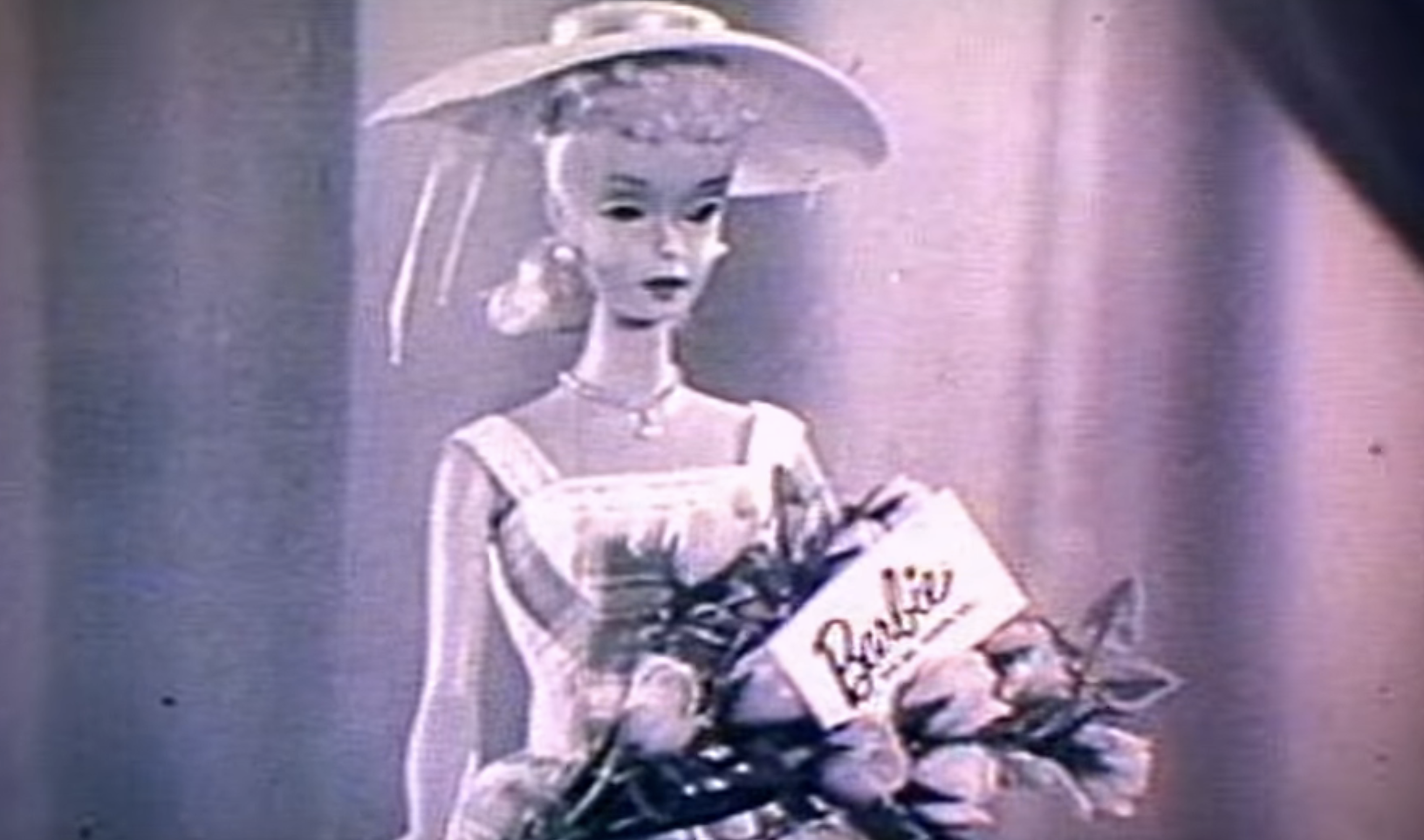
Netflix / Mattel
The Netflix documentary series The Toys That Made Us explains that Ruth realized her son Ken — yes, Ken — had so many options when it came to toys. He could "imagine himself as a firefighter, an astronaut, a cowboy, [and] a surgeon," aka toys that "inspired limitless imagination," while Barbara's toys mostly consisted of the cardboard cutout dolls where you changed their outfits and baby dolls.
4. Ruth found inspiration for Barbie in the form of Lilli, a German doll and character from a comic strip in the tabloid Bild-Zeitung, a sex worker who went on adventures with wealthy men.
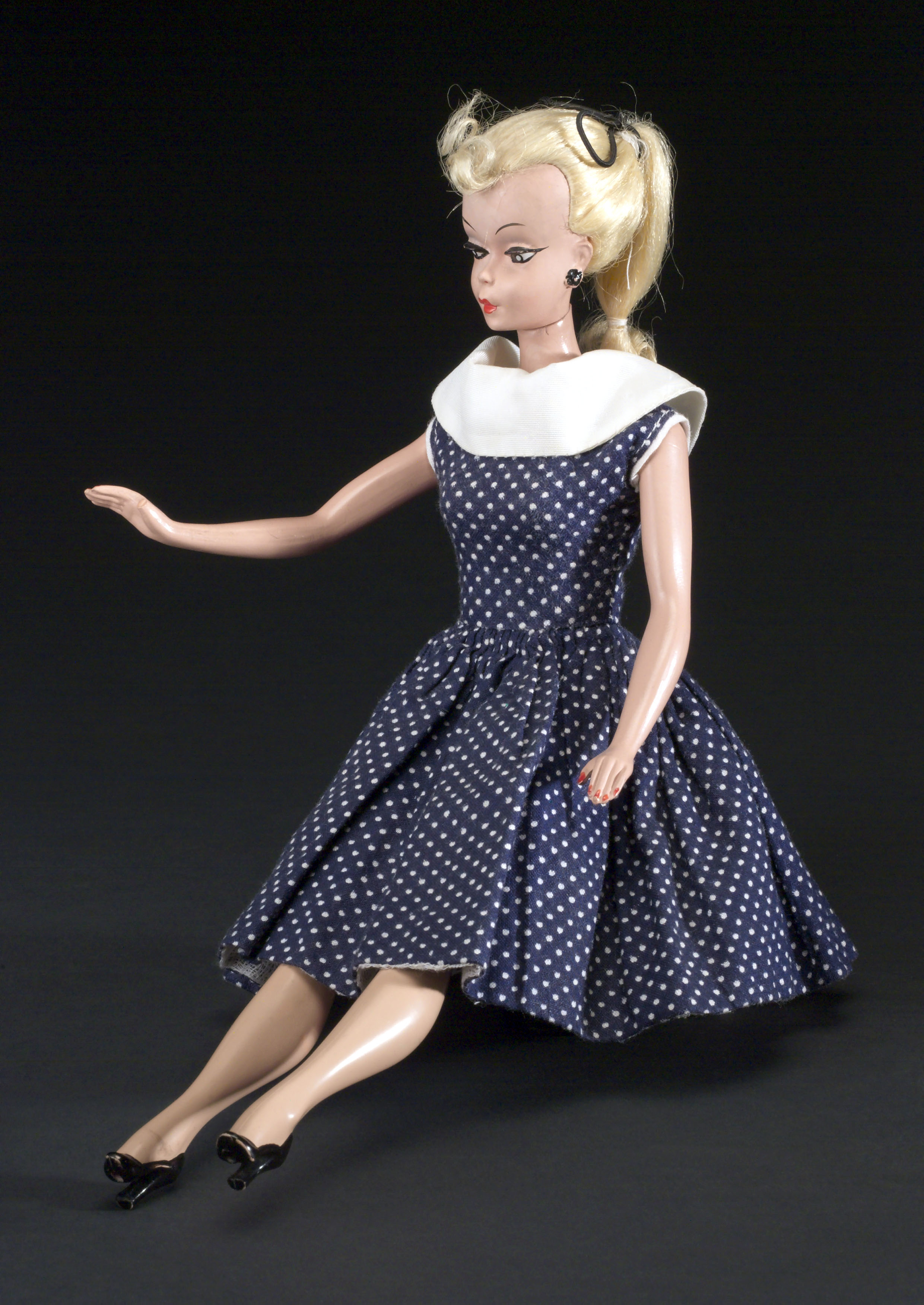
Science & Society Picture Librar / SSPL / Getty Images
Ruth took inspiration from Lilli's design. Namely, she was a three-dimensional doll whose clothes you could change. It had the same premise as the cardboard cutout dolls that were popular, but it was something you could really hold and play with. Mattel eventually bought the German doll's copyright and patent in 1964.
5. When Ruth and Barbie's co-creator Jack Ryan originally pitched Barbie to the rest of Mattel, they rejected the idea. There was reportedly "a lot of pushback" from Mattel, but Ruth eventually convinced them to bring the new toy to the Toy Fair in NYC in 1959.

Chesnot / Getty Images
In the documentary series, The Toys That Made Us, it's explained that the male executives at Mattel didn't see the need for Barbie on the market, however the women designers "loved and embraced" the idea of Barbie.
6. However, at the 1959 Toy Fair, Barbie reportedly "fell flat" with the mostly male executives and investors attending. Namely, they were confused by this overtly sexual doll.

Hector Mata / AFP / Getty Images
Male executives initially felt that their wives would never buy their daughters a doll with such a grown-up body.
7. Ruth knew that the doll looking like a real woman, like having boobs, was essential in order to connect with girls playing with the toy who wanted to pretend they were adults.
8. When Barbie was eventually released, thanks to the persistence of Ruth who saw potential in the doll, Mattel sold 351,000 dolls at $3 per doll in 1959. Demand for the doll was so high that Mattel had to add factory capacity and warehouse space to keep up with demand.
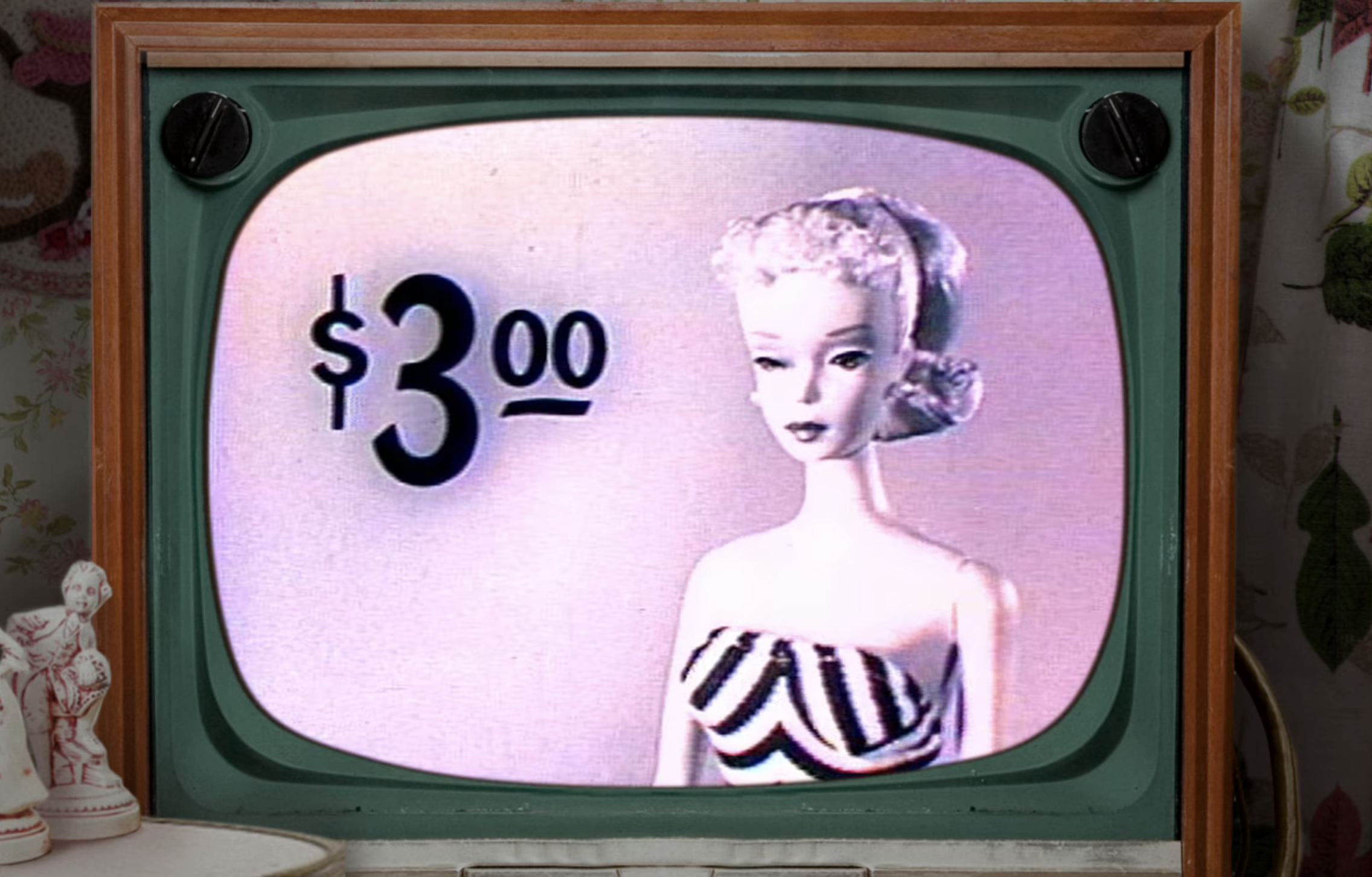
Netflix / Mattel
"It took us three years to even come close to catching up with the demand a little bit," Ruth revealed.
9. Alongside the actual doll, the fashion became an important aspect of Barbie. Speaking about why Barbie's clothing was so important, Ruth said that the whole concept of Barbie was that her clothing would permit the child to pretend they were in a certain kind of activity.
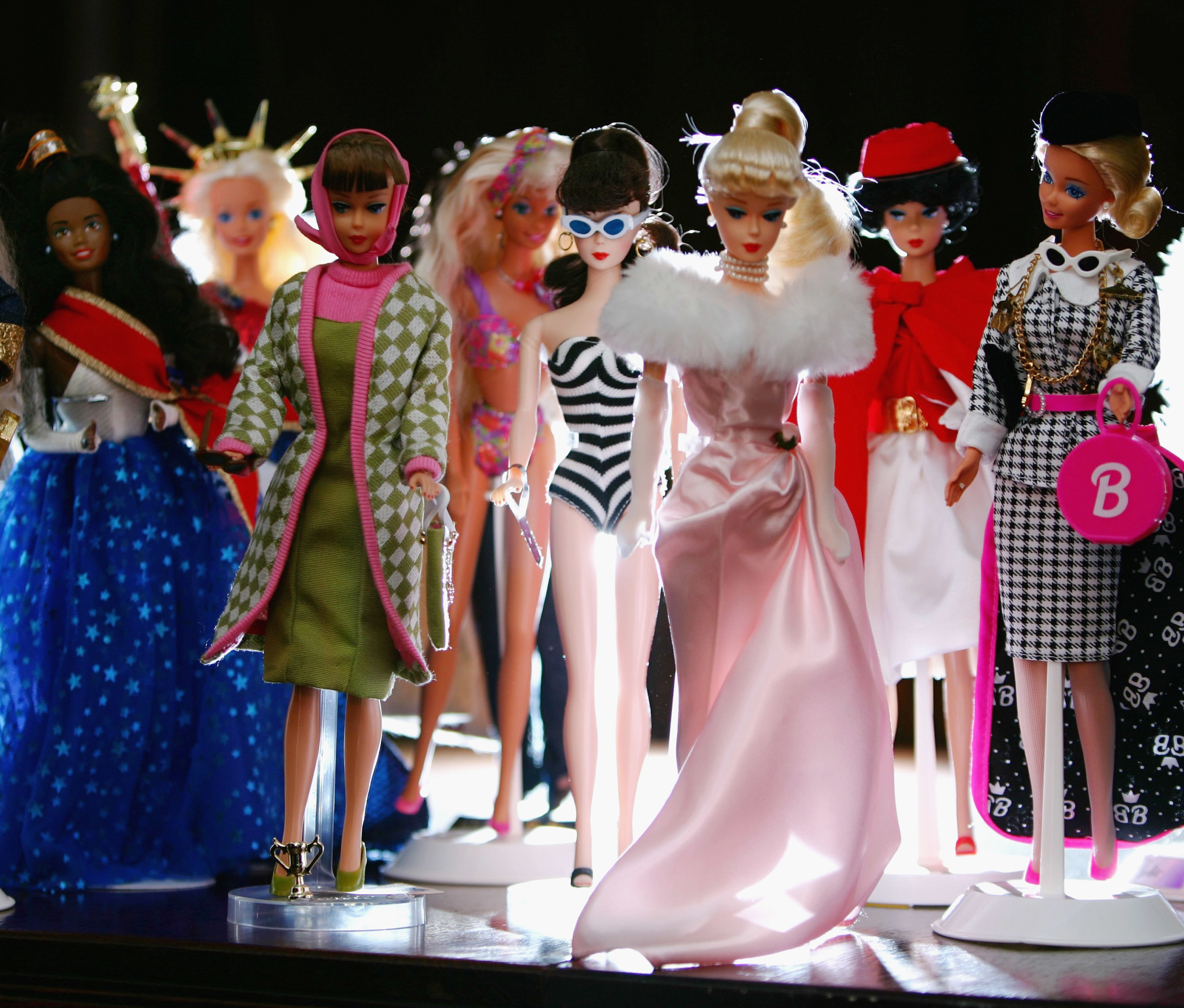
Ian Waldie / Getty Images
Basically, by having Barbie's wardrobe be so important she could hold various jobs and have so many interests just based on the outfit a child put her in.
10. In 1972, Mattel reported a $29.9 million loss on sales of over $200 million. This caught the eye of Wall Street when conflicting reports of the company's earnings were released. Eventually, Ruth and a few others were indicted by a Federal Grand Jury for conspiracy, mail fraud, and making false financial statements to the SEC.
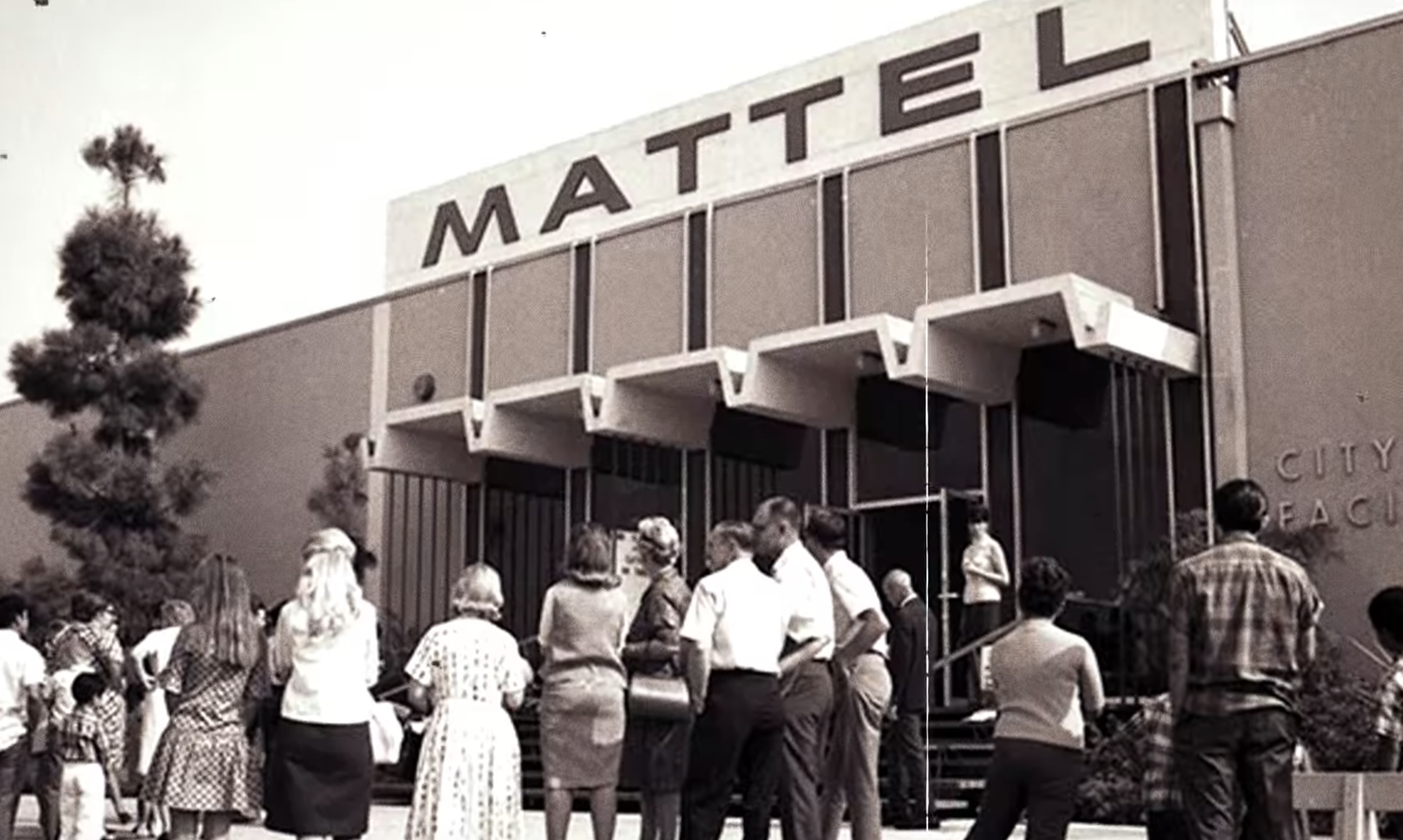
Netflix
The indictment charges claimed that Ruth and the former executive VP of Mattel, "falsified internal business records concerning earnings and sales from 1971 through 1973." Ruth's troubles with the federal government are hinted at in Barbie.
11. Netflix's documentary series The Toys That Made Us claimed that during this time Ruth had trucks full of Hot Wheels toys driven out of the factory, then they would dump them, and go get more. The minute they left Mattel, they reportedly went on the books as "accounts receivable."

CBS News / Via youtu.be
The documentary reports that Ruth manufactured various orders by doing this and told people to lie.
12. In 1975, Ruth and Elliot resigned from Mattel, a mere month before the committee of outside directors filed a report accusing the founders and senior management of issuing financial statements that were "deliberately false and misleading."
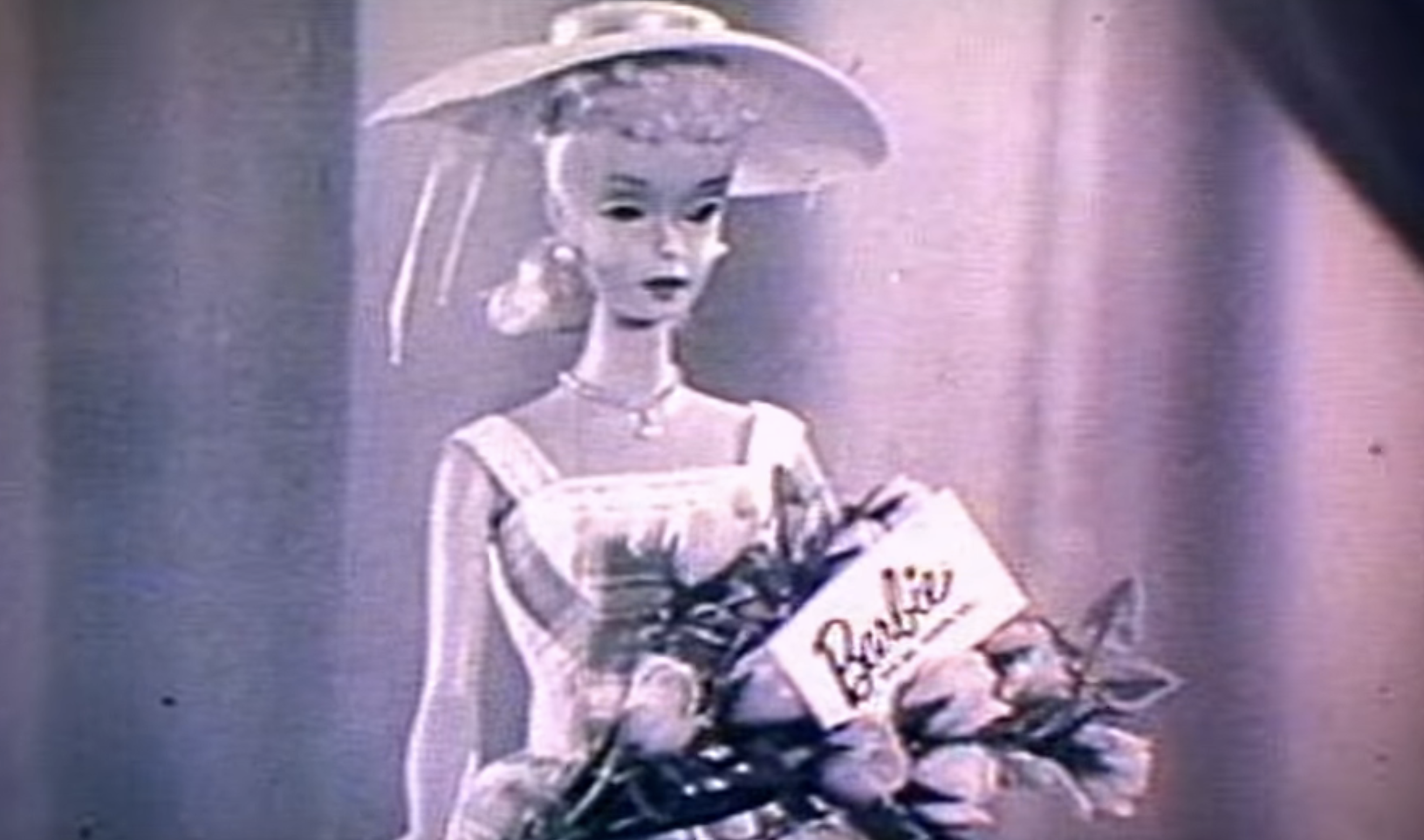
Netflix / Mattel
Ruth pleaded no contest to the charges, and was fined and received a community service sentence.
13. Ruth was diagnosed with breast cancer and had a mastectomy in 1970. After she left Mattel, she notably went on to create a first-of-its-kind breast prosthetic for women who undergo mastectomies.
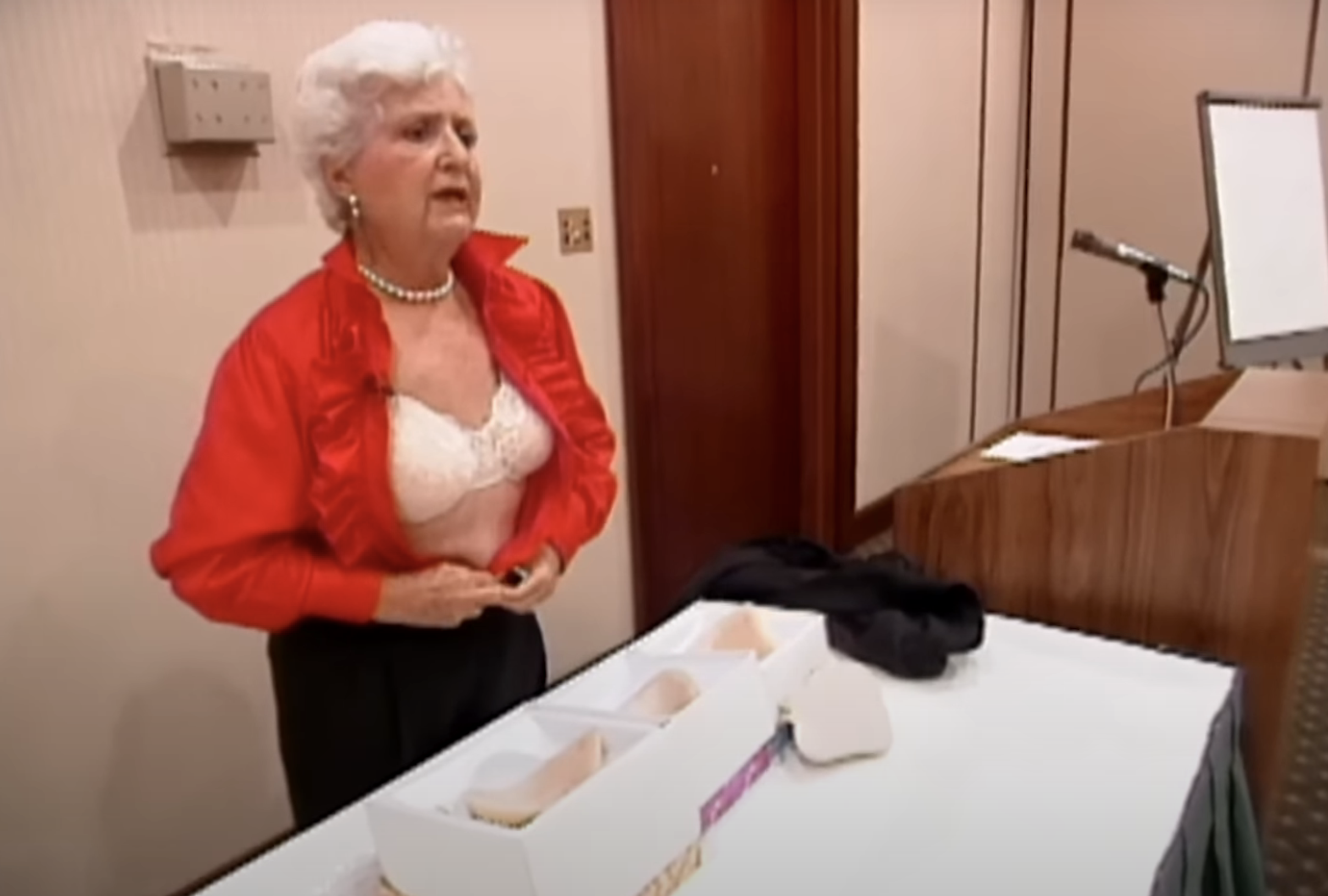
CBS News / Via youtu.be
At the time of Ruth's mastectomy, there were no great options for non-surgical alternatives for breast reconstructions. She worked with a prosthetic designer and in 1976 the Nearly Me liquid silicone prosthetics became available. Ruth's mastectomy is mentioned in Barbie when Ruth tells the Barbies the creator of Barbie doesn't look like Barbie.
.png)
 1 year ago
6
1 year ago
6
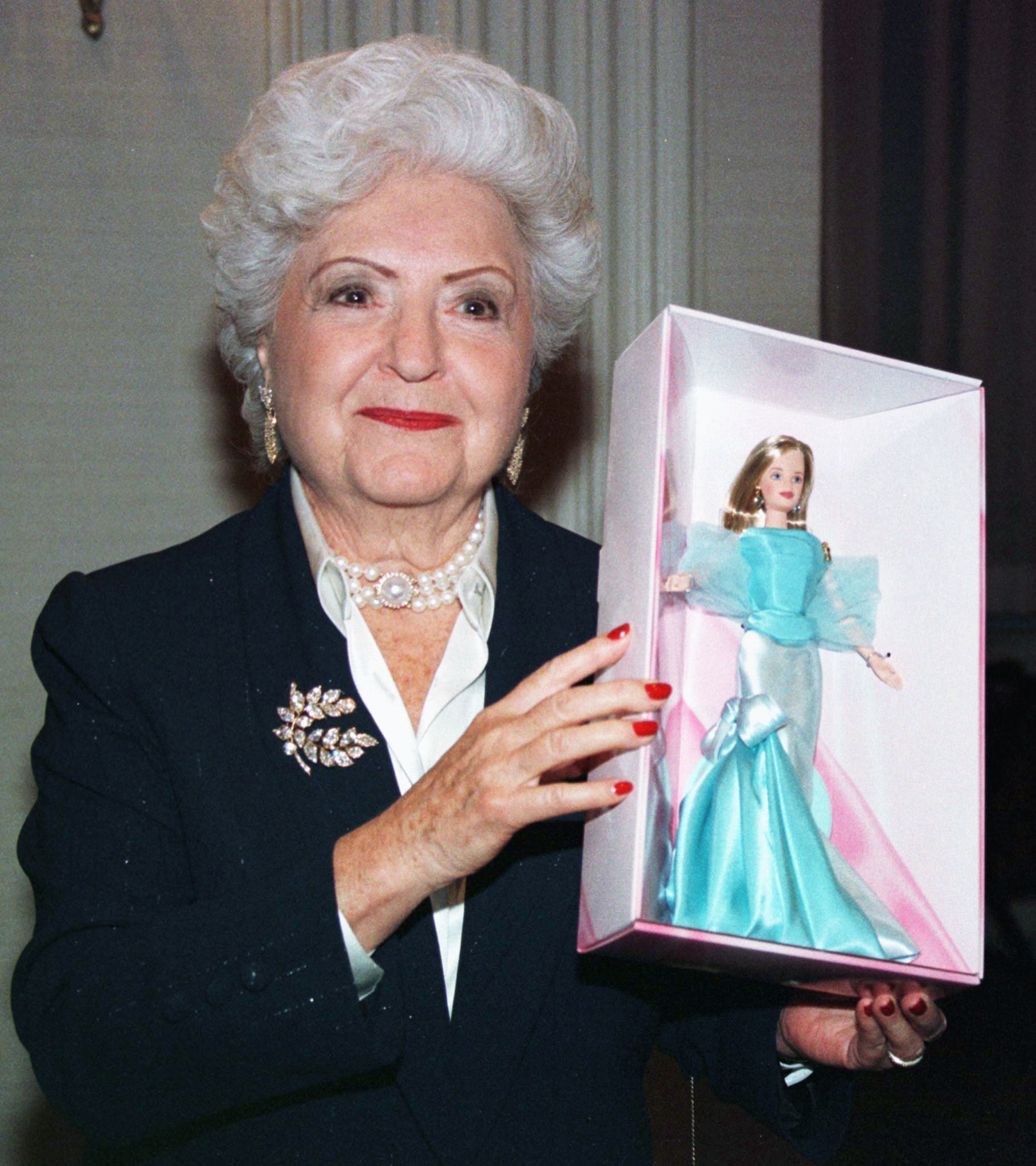
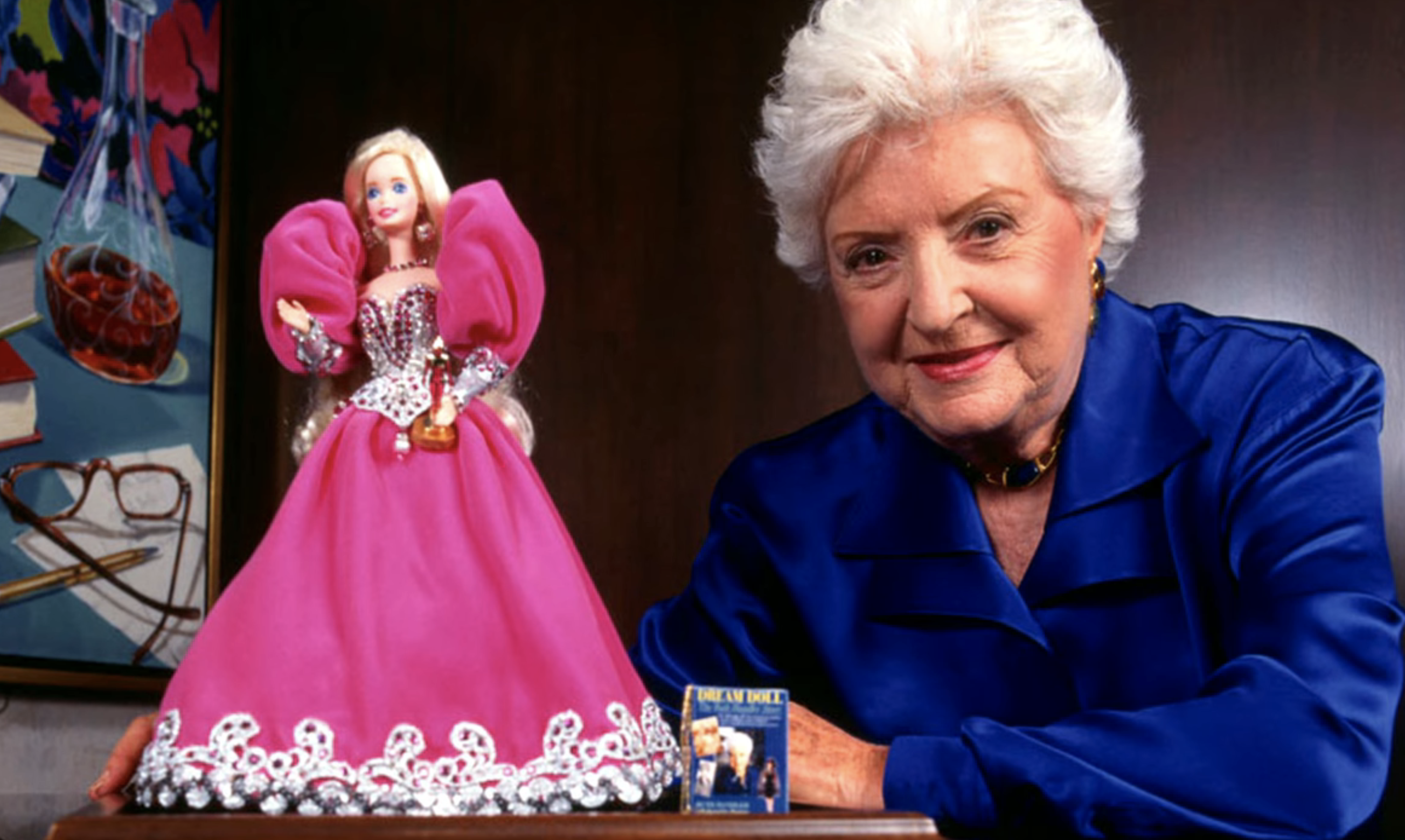








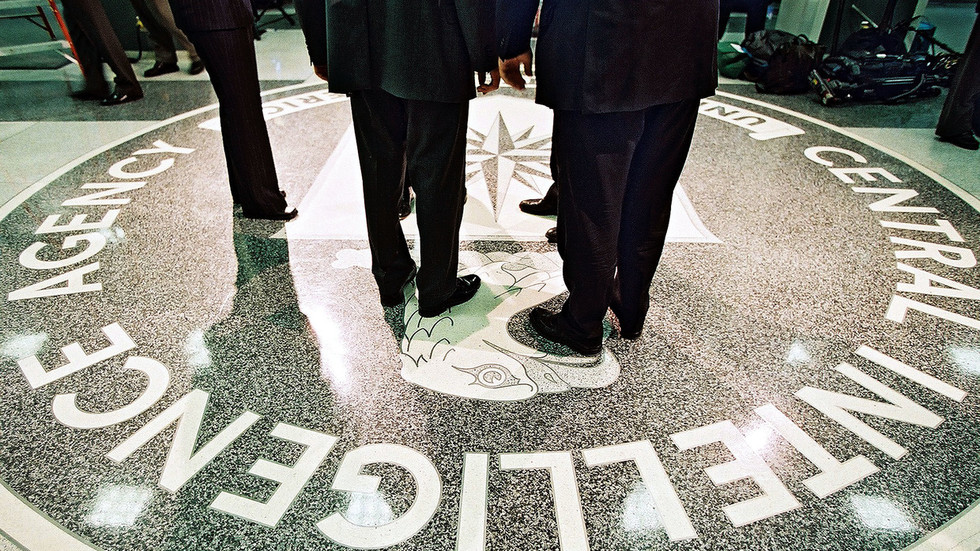
 English (US) ·
English (US) ·